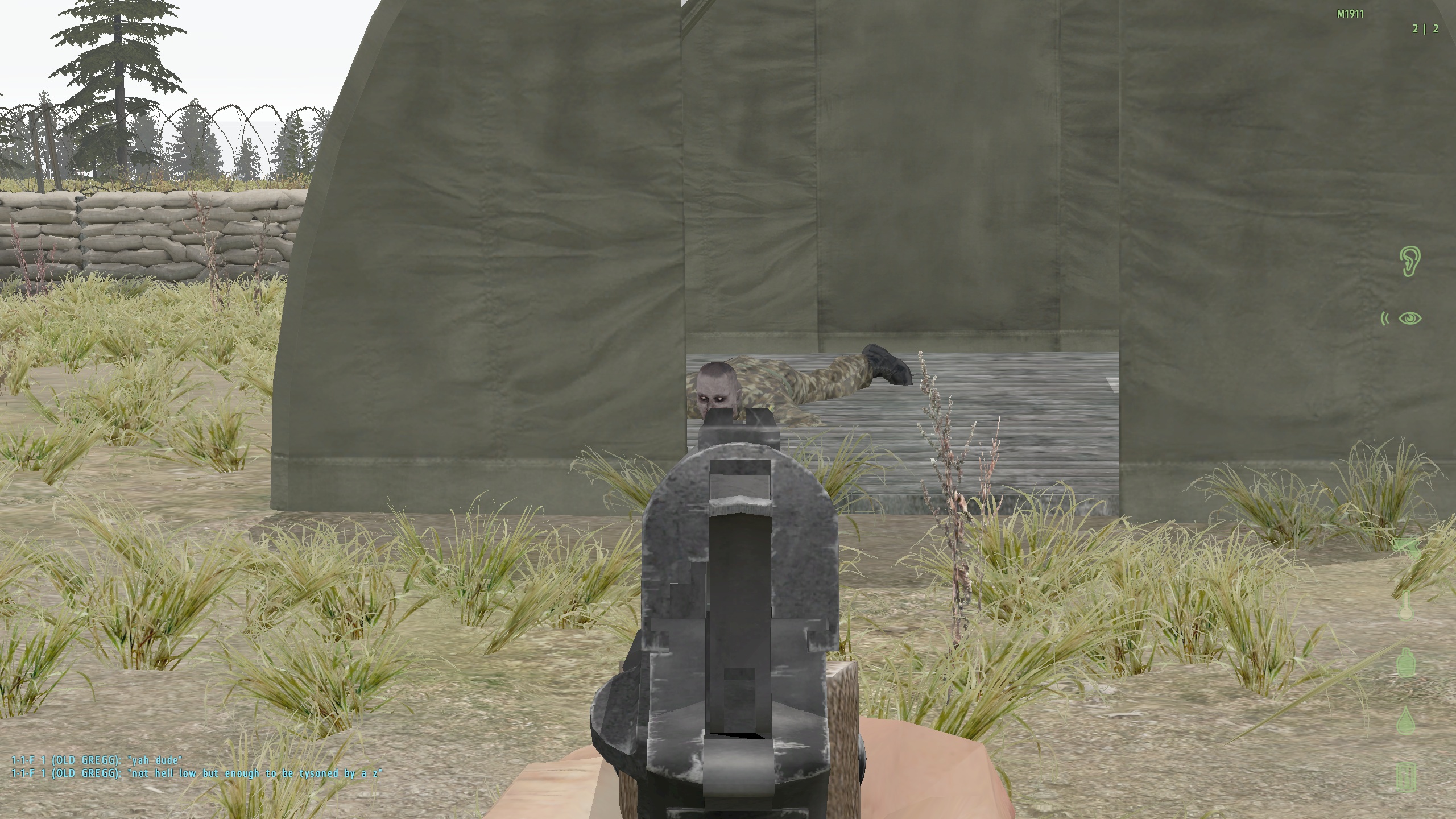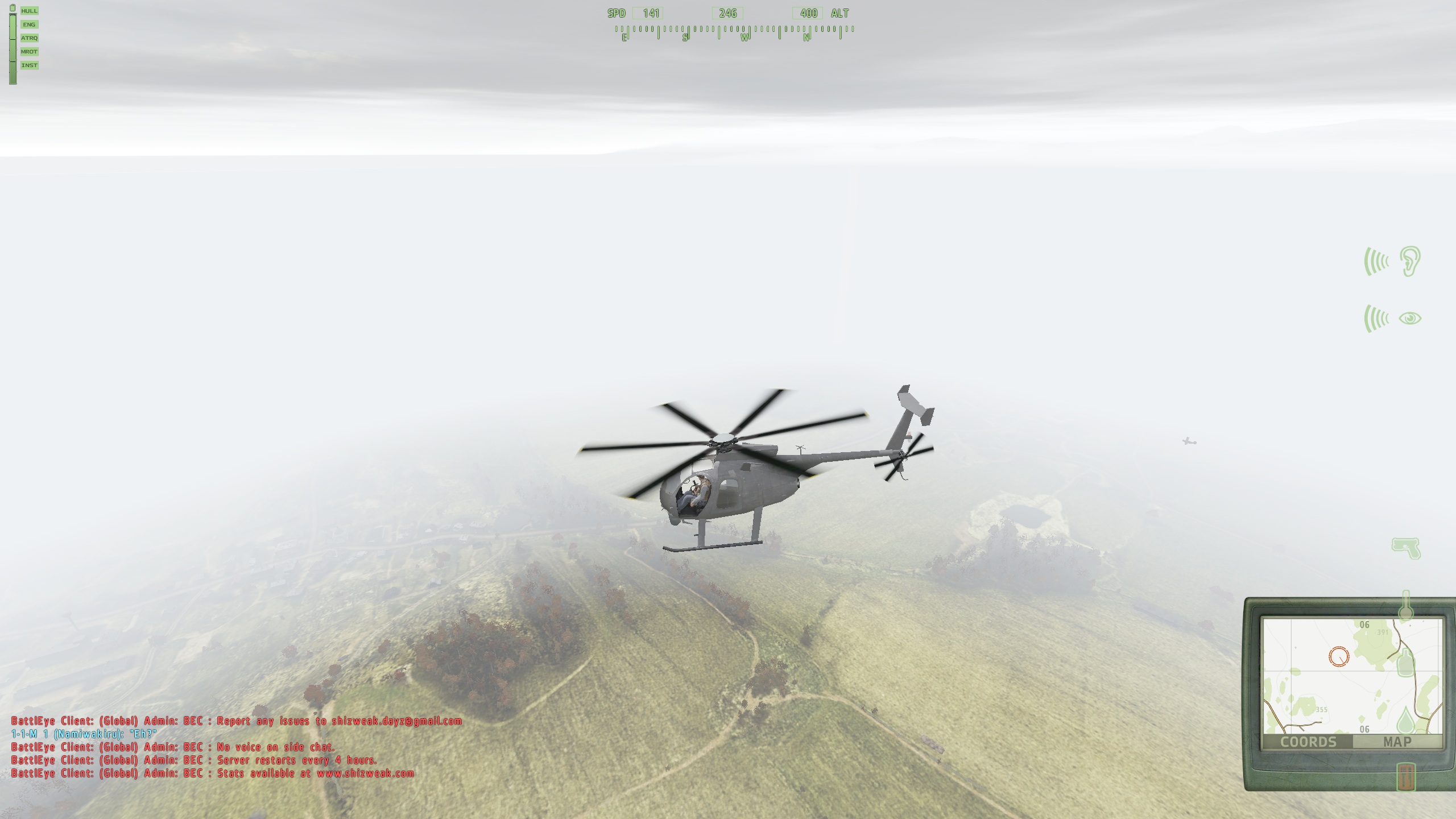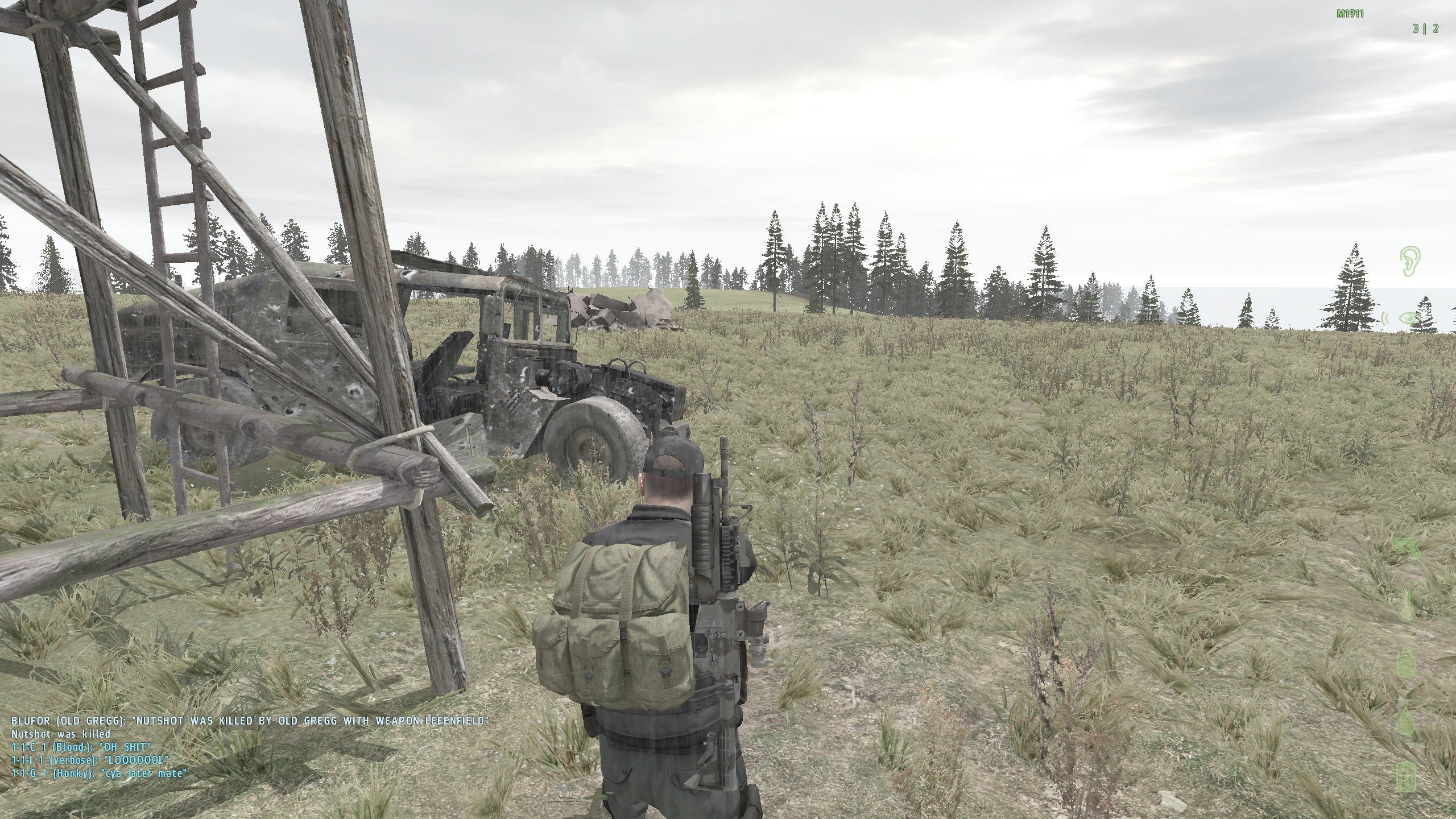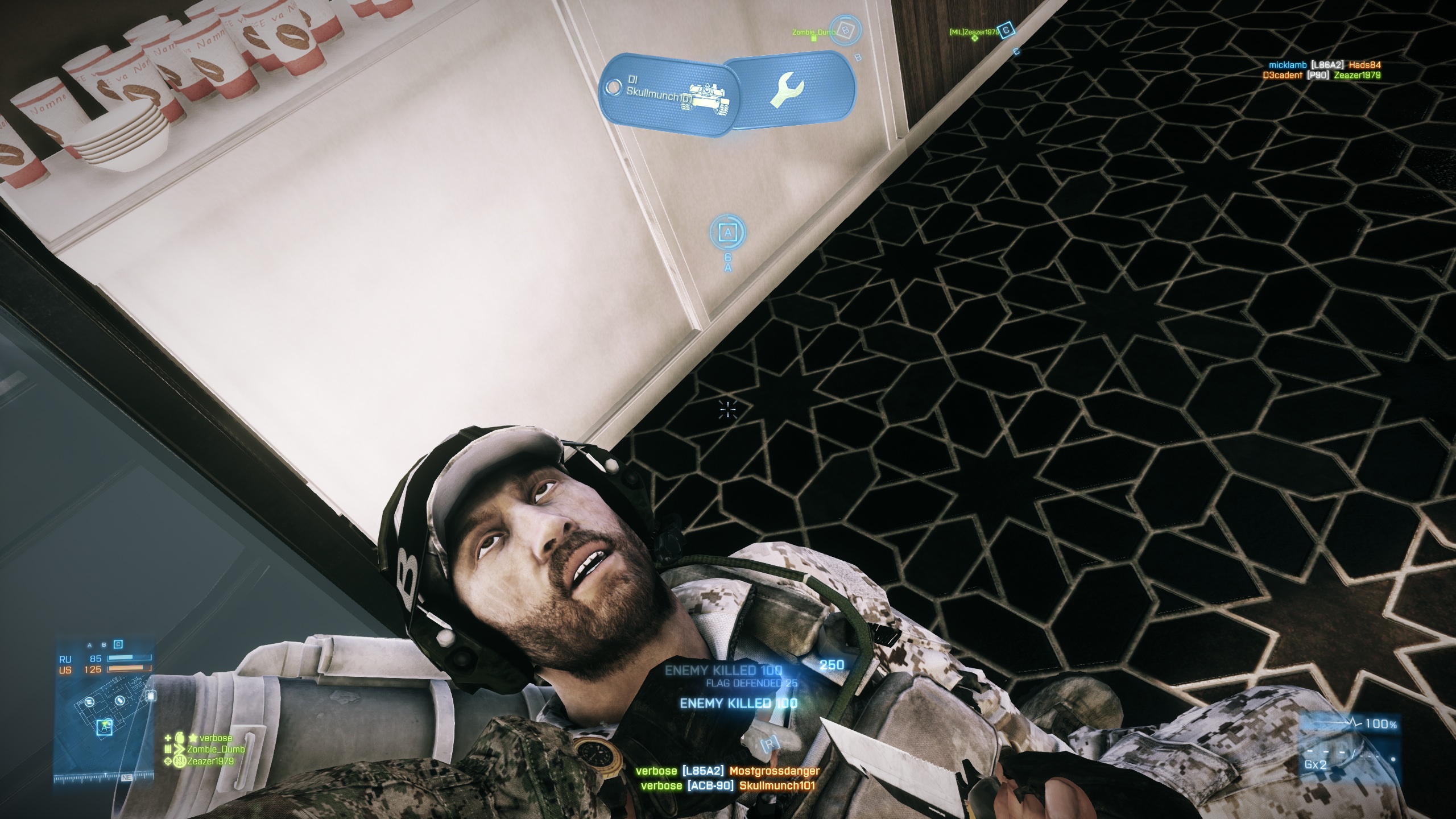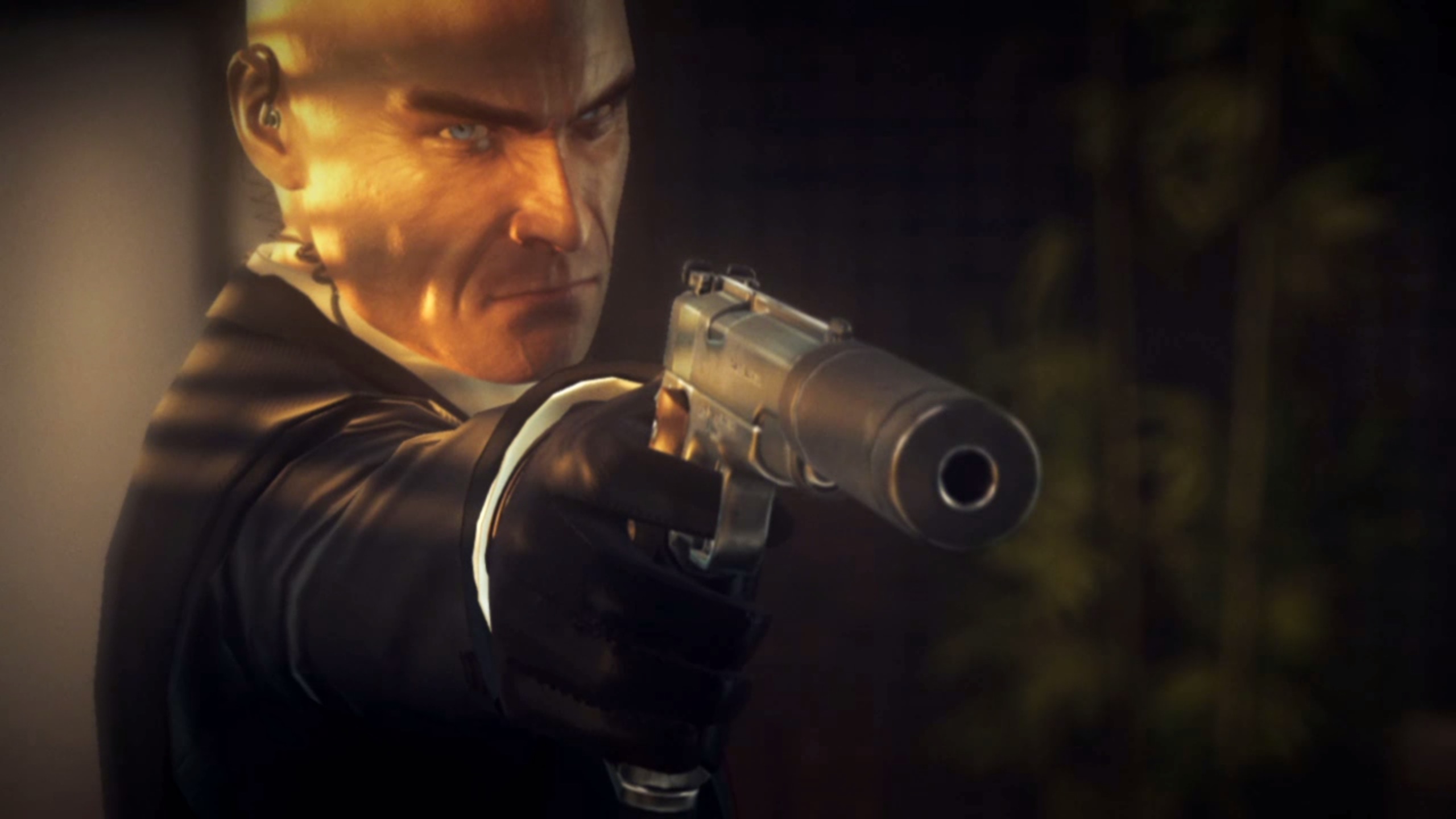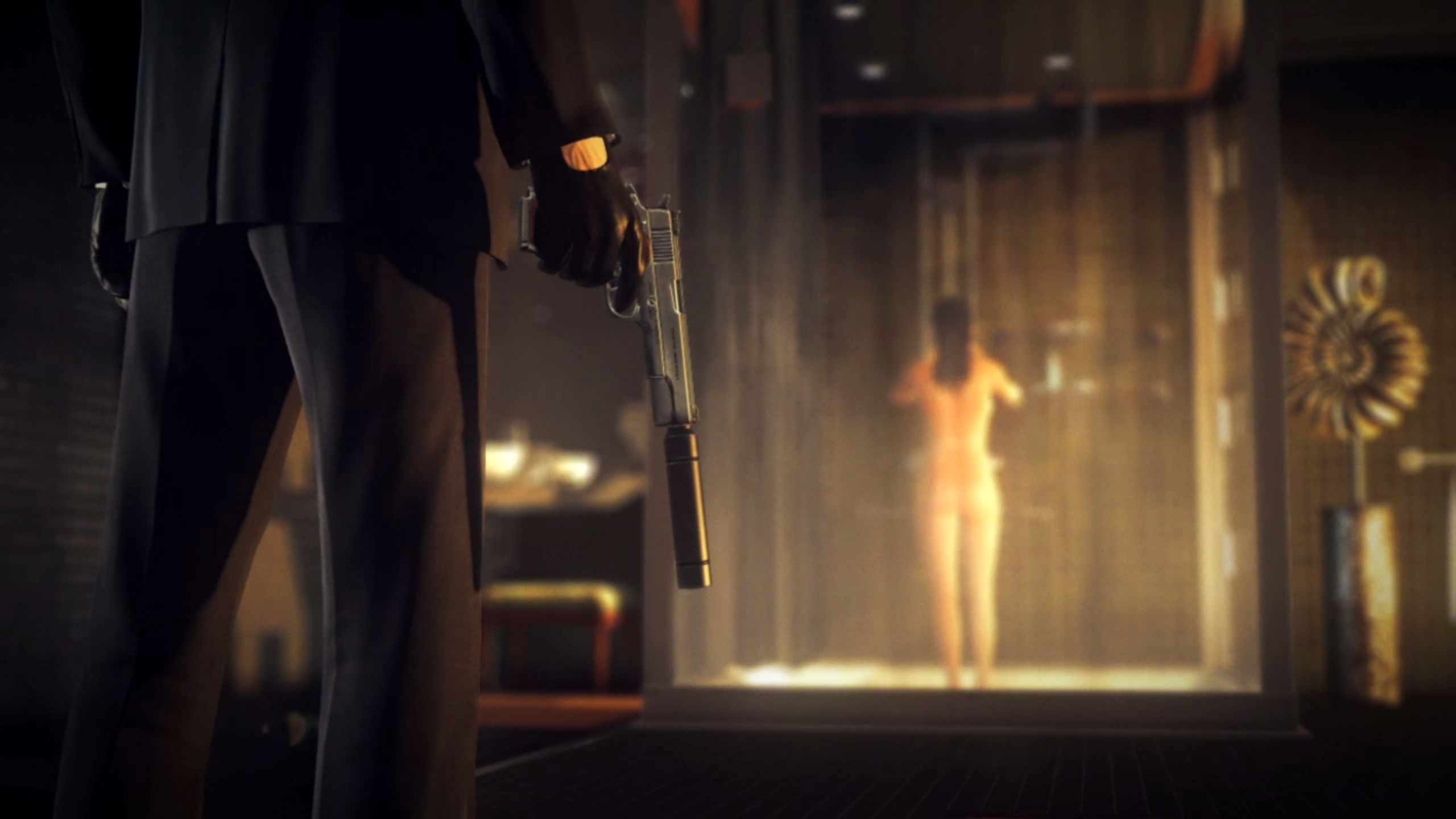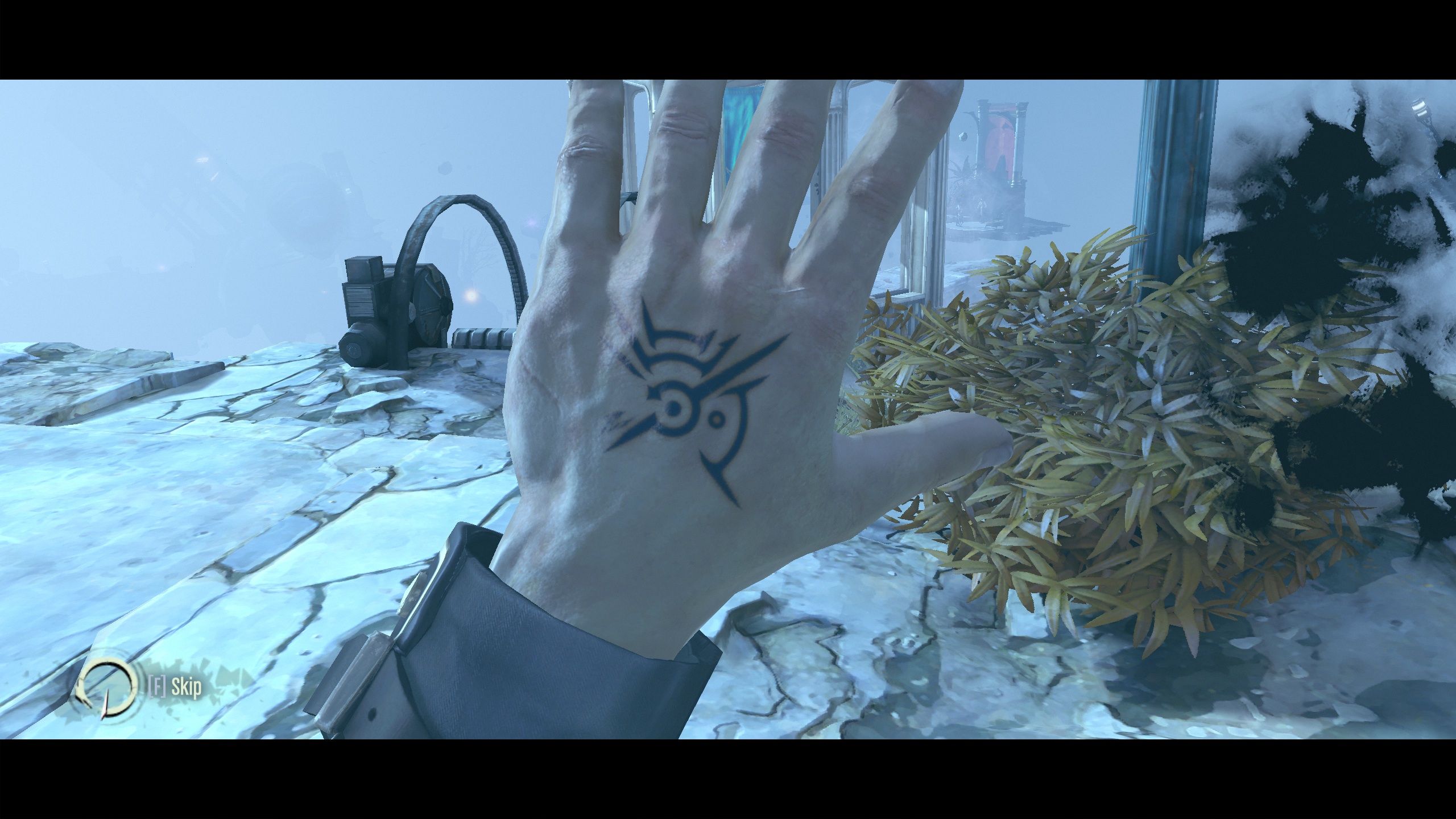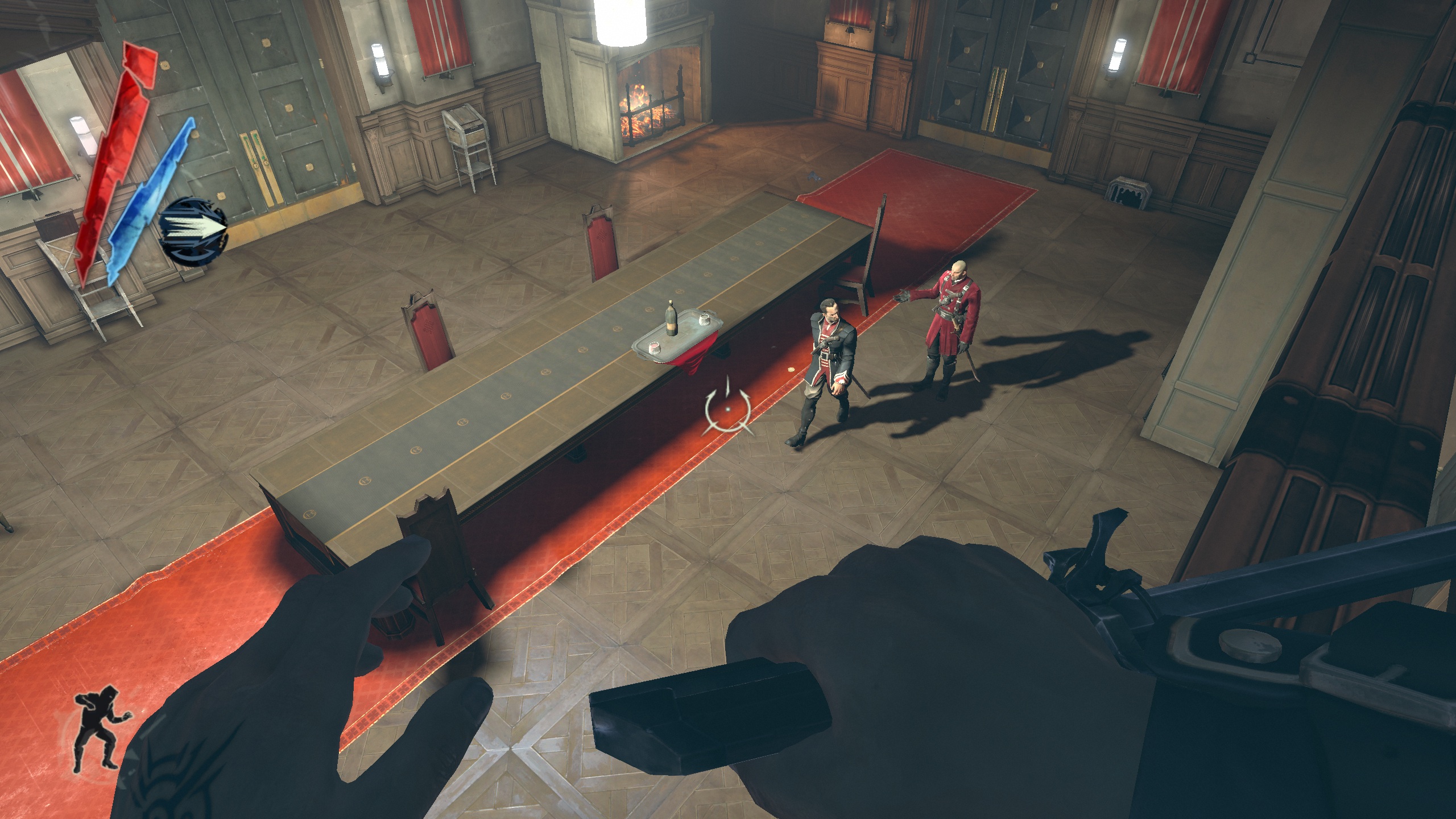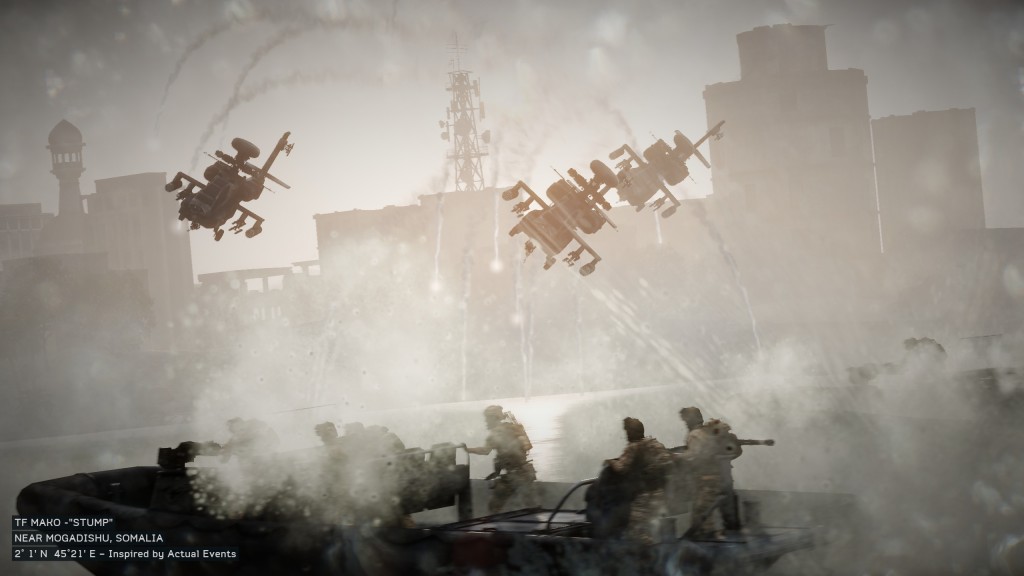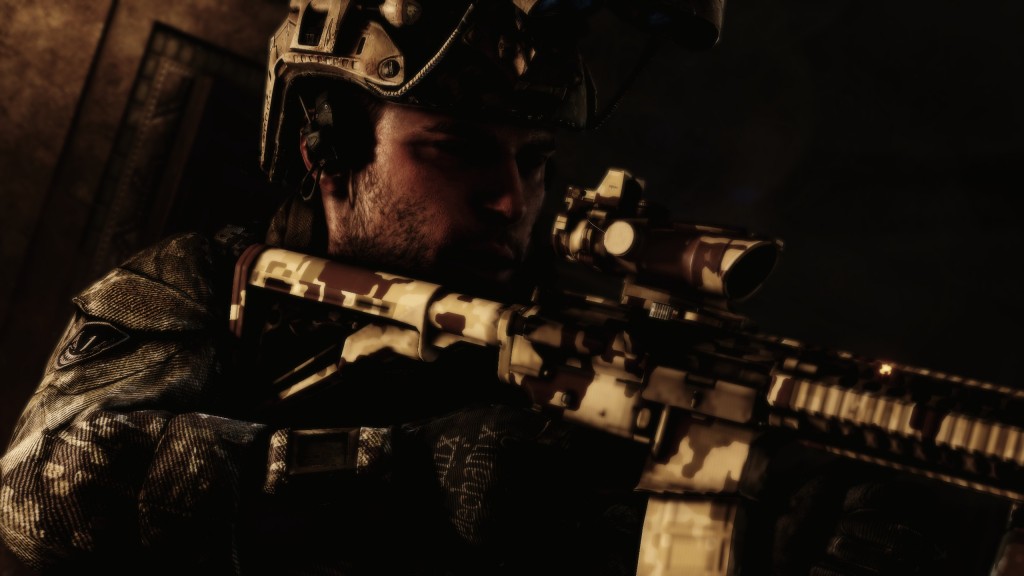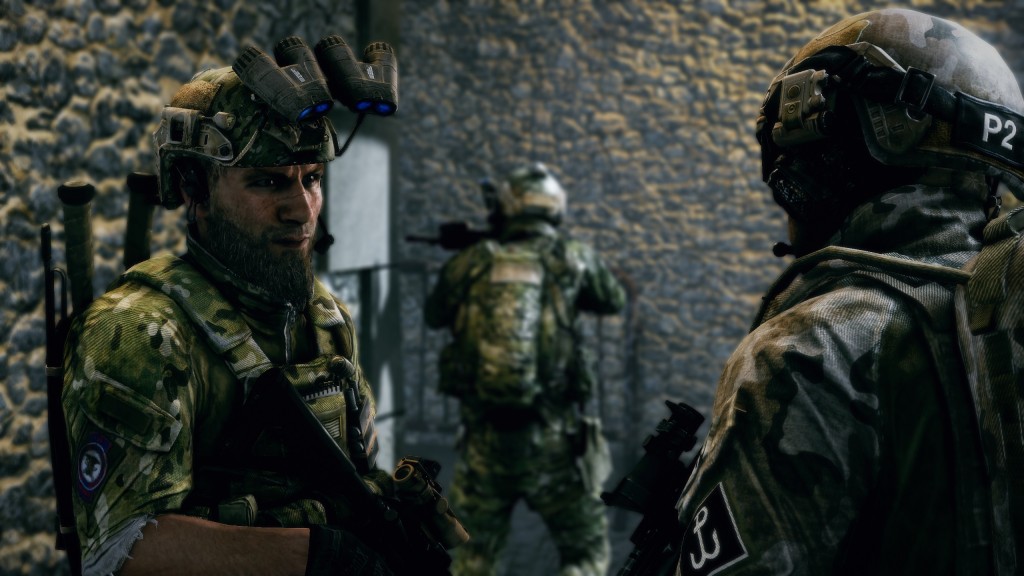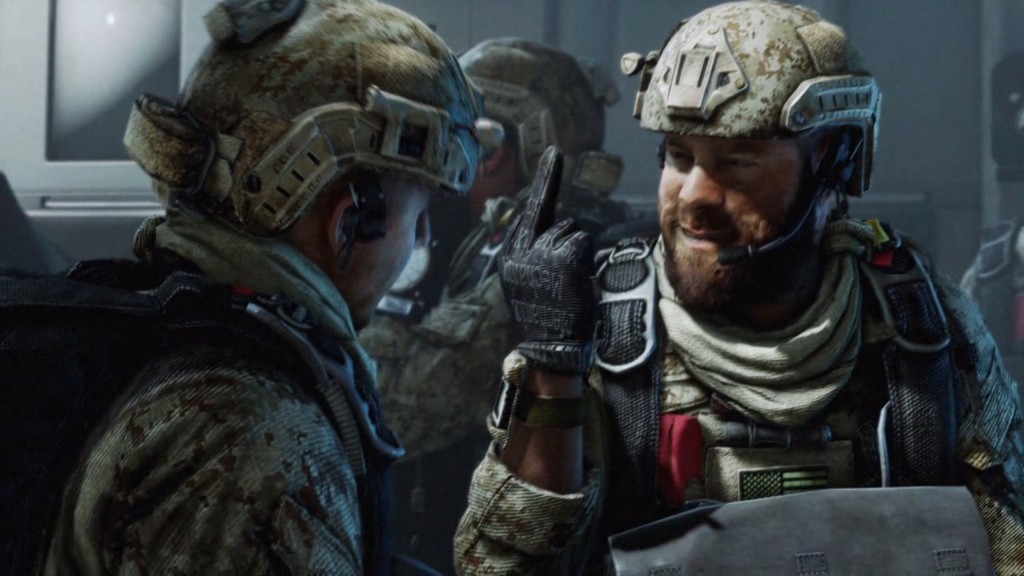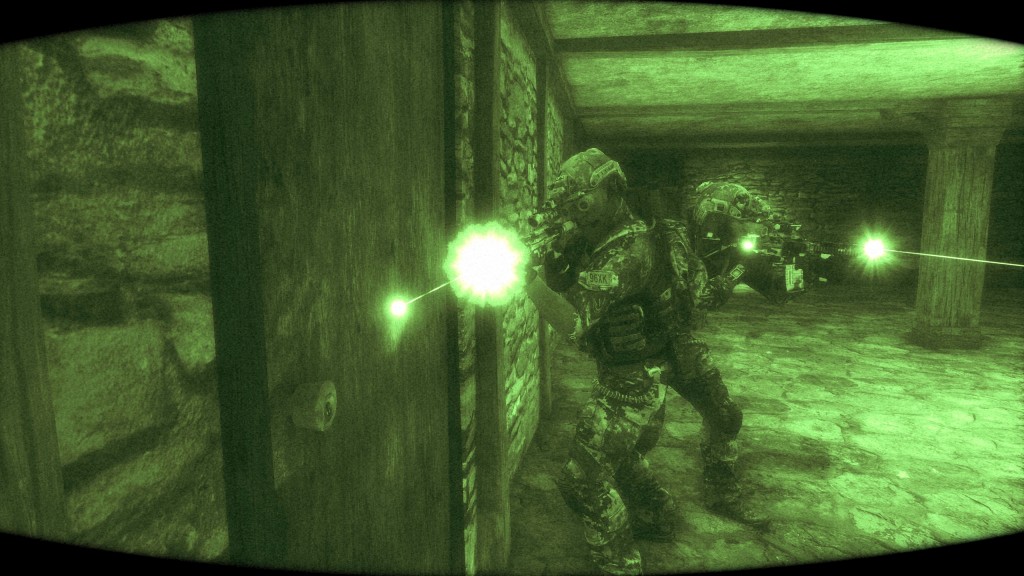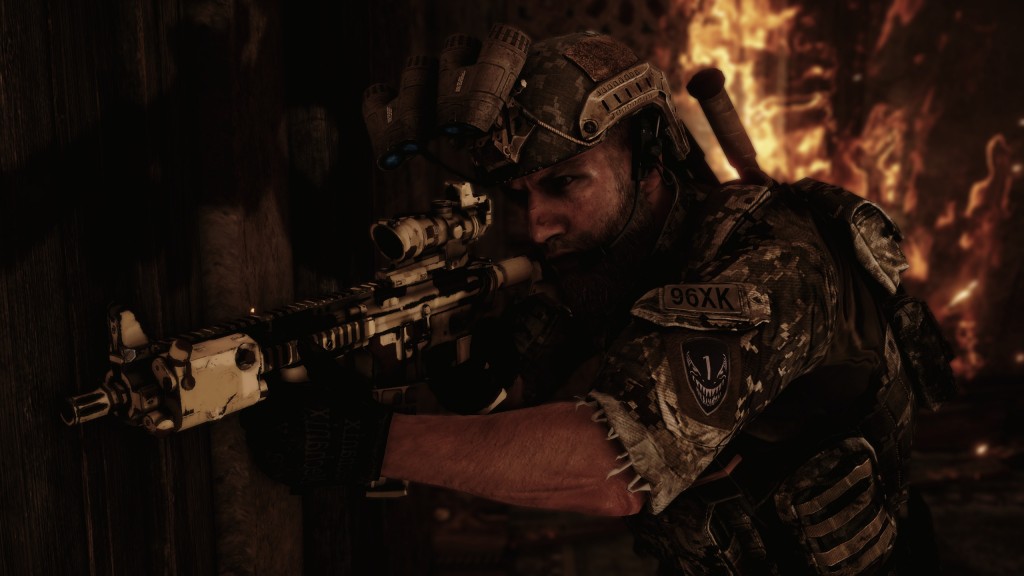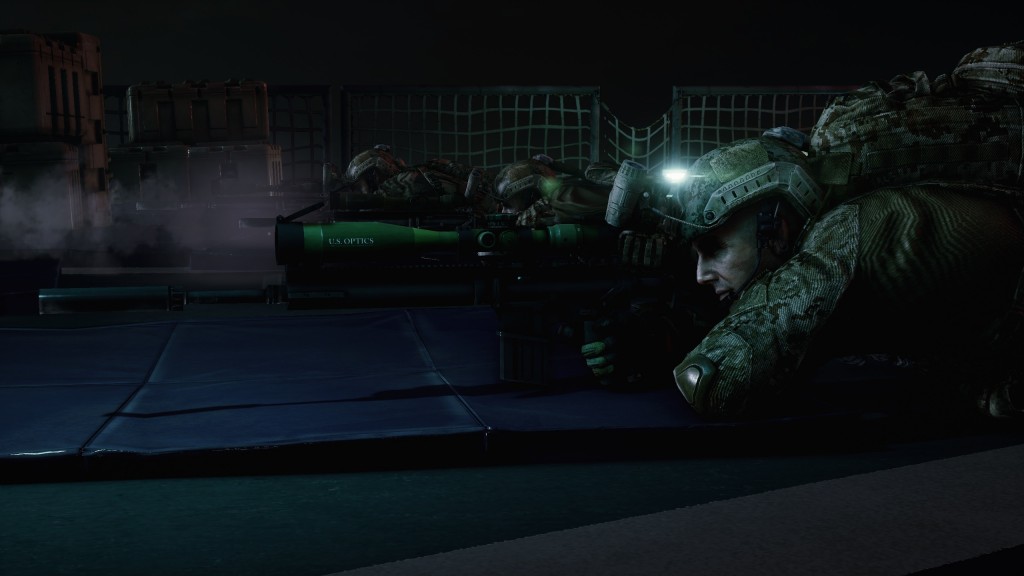I’ve been getting back into DayZ after giving it a long break, and there’s now so many different “versions” of DayZ that it’s insane. They’re not all mods of a mod, mind you – most of the ones you can play easily are just the stock game on a different map. What follows is a quick run-down of the few I’ve tried, and the one that’s hooked me the most.
Bliss
I think the first DayZ mod of a mod we played was Bliss, a Chernarus-based map that’s like the original DayZ, except with a few additions. There’s more weapons of different varieties and more weapons altogether. There’s even additional buildings in various places, such as the additional hospital in Stary Sobor — meaning that you don’t have to go to the coast for medical supplies such as blood bags or epi pens. Playing on a Bliss server doesn’t require any additional files, and the Bliss server that we played on was pretty geared towards PvP — whether that was due to the plentiful high-powered weaponry or not is another question, though.
As far as mods go, Bliss isn’t bad. The additional weapons and buildings add an extra element to the game that stock-standard DayZ doesn’t provide.
Fallujah
Fallujah was actually the third DayZ map I’ve played, the second being Lingor and the first being Chernarus. I’m not sure what the main point of Fallujah actually was, but a few of us joined the server mostly to have fun with vehicles: the name of the server was something along the lines of “have fun with vehicles DayZ Fallujah”. You spawned in fully geared with an AS 50 and everything else you could want. Vehicles of every type littered the landscape: there were Chinooks, Ospreys, C130s, biplanes, Hueys, Black Hawks, and pretty much every vehicle in between. We didn’t really play this one for too long, but a few friends did practice their flying techniques. I, being the more experienced pilot, mostly just flew around and laughed at their antics.
From what I saw from the map whilst I was in the air, Fallujah was a much more urban environment. I wouldn’t really like to be engaged in gun-battles there.
DayZ+
DayZ+ was the first true DayZ alternative we played. It’s a true mod of a mod, requiring a different set of files than the normal DayZ. DayZ+ is pretty easy to describe: it’s the DayZ that’s geared towards PvE rather than pure PvP, because in DayZ+, zombies hurt; a few hits and you’re black and white, a few more and you can pretty much expect to be dead. It’s a harsh world, and in DayZ, you know exactly how harsh. Zombies will aggro from incredible ranges, king-hit you in one go so you’re unconscious on the ground, and will start feasting on you with no mercy. Zombies will glitch through walls. Zombies will teleport around (making headshots all but impossible). Those hours I spent in DayZ+ were perhaps the most challenging of all, because you really re-considered wether you actually needed to go into a town, or whether you just wanted to play it safe and play the virtual farming simulator (meat is one of the best sources of blood-restoration in DayZ, outside of blood bags which can only be found in hospitals).
DayZ+ had a few things that stock DayZ didn’t, namely construction. You could build things with basic gear in DayZ, allowing you to build fortifications away from the zombies (or away from other players). The weapons in DayZ+ were also balanced so that the one-hit, super-powerful sniper rifles such as the AS 50 and M107 were removed from the game, and so were little things such as the rangefinder. To compensate, they added a few new varieties of Russian weapons, such as the Sa-51 machine pistol and variants.
I wouldn’t want to play DayZ+ alone, all because it’s already hard enough when you’re in a group. It might have been easier alone because you only have to watch your own back, but then again, if you got into a stick situation, there were few ways out. Apart from dying, of course.
But that’s just what happens in DayZ.
